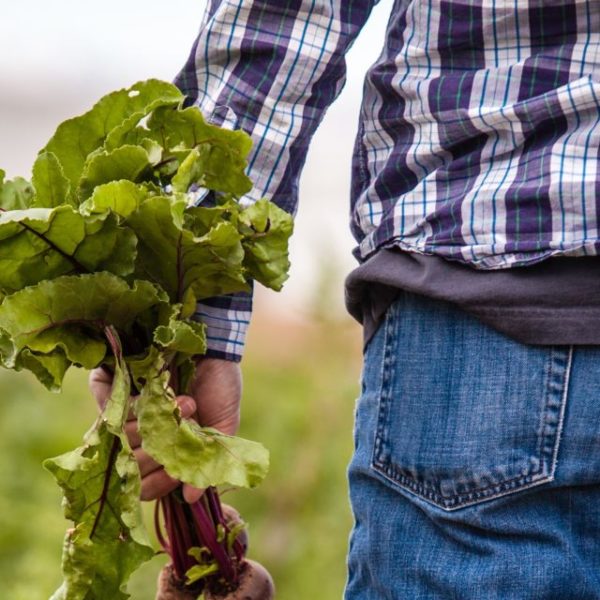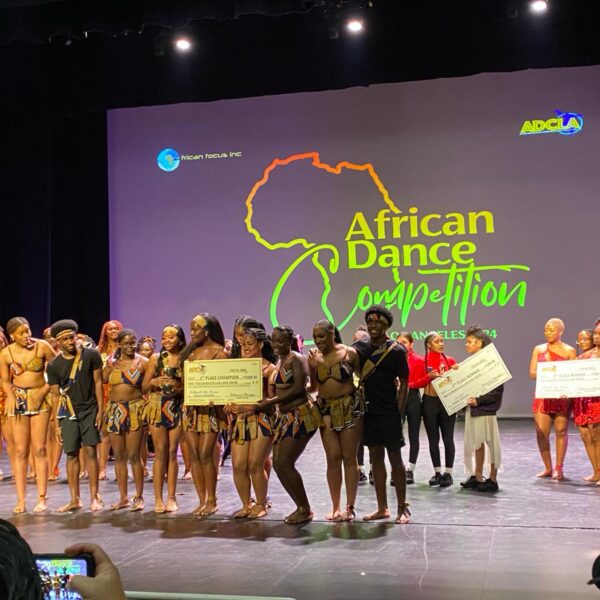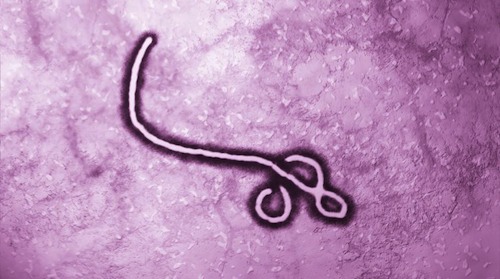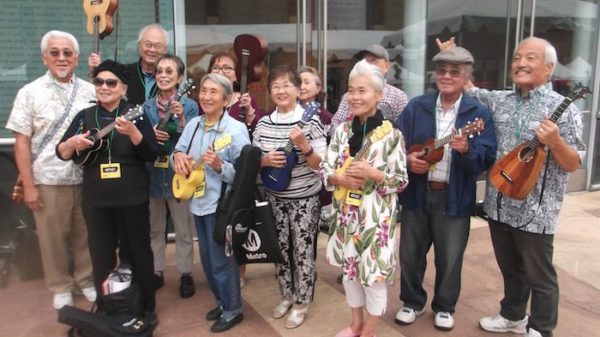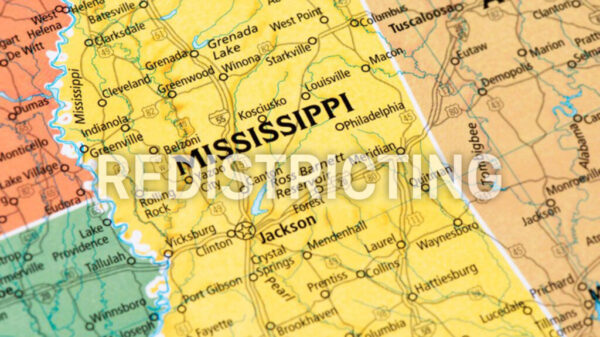A recent briefing hosted by Ethnic Media Services (EMS) brought together a distinguished panel of experts to address the escalating challenges posed by extreme heat and propose strategies for safeguarding vulnerable communities. The panel, comprised of Dr. Lucía Abascal, Marta Segura, Sandra Young, and Dr. Kimberly Chang, shared their invaluable insights and experiences, offering comprehensive recommendations to mitigate the adverse impacts of extreme heat and promote resilience among at-risk populations.
This was the first of three statewide briefings tracking the onset of extreme heat in California, and what state and local agencies, and community-based organizations, are doing to help people and localities adapt.
Dr. Lucía Abascal’s Perspective on Farm Workers in the Coachella Valley:
Dr. Abascal, a Public Health Physician from the California Department of Public Health, shared her experiences working with farm workers in the Coachella Valley. She emphasized the challenges faced by agricultural workers residing in old trailers without air conditioning, leading to dangerous living conditions during extreme heat events. Dr. Abascal also highlighted the potential health consequences, such as heat stroke, and the drying up of cooling sites in the area. She emphasized the importance of public awareness campaigns and the need for cooling spaces, especially for vulnerable communities.
Marta Segura’s Insights on City-Level Strategies in Los Angeles:
Marta Segura, the Chief Heat Officer and Director of Climate Emergency Mobilization for the City of Los Angeles, discussed the city’s approach to combating extreme heat. She highlighted the unique vulnerabilities of low-income communities and their limited access to cooling resources. Segura emphasized the city’s equitable tree plan, the implementation of cooling bus shelters, and increased capital investments in historically marginalized areas. The goal is to ensure that all residents, regardless of socioeconomic status, have access to cooling and shade during extreme heat events.
Sandra Young’s Advocacy for Farm Workers in Ventura County:
Sandra Young, a Family Nurse Practitioner and founder of the Mixteco Indigenous Community Organizing Project, shared her perspective on the impacts of extreme heat on farm workers. She highlighted the crowded living conditions and lack of access to water in the fields. Young advocated for the inclusion of worker representatives to monitor health and safety standards in the agricultural sector. She stressed the importance of improving access to water, breaks, and proper living conditions for farm workers, who often face disproportionate risks due to their labor-intensive roles.
Dr. Kimberly Chang’s Focus on Asian American and Pacific Islander (AAPI) Communities:
Dr. Kimberly Chang, a Family Physician at Asian Health Services, discussed the vulnerabilities of AAPI communities to extreme heat. She noted the increased rates of heat-related emergency department visits among Asian Americans and Pacific Islanders. Dr. Chang highlighted the need for culturally sensitive education, emphasizing the importance of staying cool, staying hydrated, and adjusting cultural practices such as switching from hot to room temperature water. She highlighted the specific challenges faced by older AAPI individuals living in crowded urban environments and provided recommendations for maintaining health during extreme heat events.
Outcomes and Key Recommendations:
The briefing generated important outcomes and actionable recommendations. Participants acknowledged the urgent need to address extreme heat and protect vulnerable communities. The panelists emphasized the importance of targeted interventions and equitable strategies to ensure the well-being of at-risk populations. Key recommendations included:
Increased public awareness campaigns about the dangers of extreme heat and the availability of cooling resources.
Investment in cooling spaces, such as air-conditioned public facilities, particularly in low-income communities.
Enhanced access to water and breaks for farm workers, along with improved monitoring of health and safety standards in the agricultural sector.
Culturally sensitive education and outreach initiatives to empower communities, particularly older adults, to adopt appropriate heat mitigation measures.
Collaboration among government agencies, healthcare providers, community organizations, and employers to implement evidence-based interventions and promote climate resilience.
Conclusion:
The briefing hosted by Ethnic Media Services (EMS) provided a comprehensive platform for experts to address the challenges associated with extreme heat and propose practical solutions. By highlighting the experiences of various vulnerable populations and sharing insights from different sectors, the panelists underscored the urgent need for collective action. Through increased awareness, targeted interventions, and collaborative efforts, it is hoped that communities will become more resilient to extreme heat, protecting the well-being of all individuals, particularly those most at risk. EMS remains committed to driving positive change and fostering resilience in the face of climate-related challenges
#ExtremeHeat #ClimateThreat #VulnerableCommunities #PublicHealth #MitigationStrategies #HeatResilience #FarmWorkers #UrbanPopulations #LowIncomeCommunities #CoolingResources #HealthImpacts #ClimateAdaptation #HeatSafety #HeatAwareness #HeatMitigation #CommunityHealth #ClimateAction



